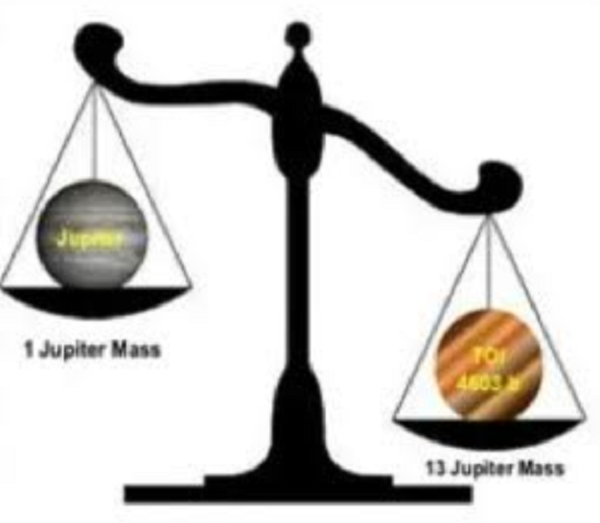[ad_1]
The team was led by Prof Abhijit Chakraborty at the Exoplanet Research Group of the Physical Research Laboratory (PRL).
“The team includes scientists from India, Germany, Switzerland and the US. The discovery of this massive exoplanet was made using the indigenously made PRL Advanced Radial-velocity Abu-sky Search spectrograph (PARAS) at the 1.2 m telescope of PRL at its Gurushikhar Observatory in Mt. Abu by measuring the mass of the planet precisely,” Isro said in a statement.

The newly discovered exoplanet is found around the star called “TOI4603 or HD 245134”. NASA’s The Transiting Exoplanet Survey Satellite (TESS) initially declared this star as a possible candidate to host a secondary body of unknown nature.
“Using PARAS, scientists discovered it as a planet by measuring the mass of the secondary body and hence the planet is called TOI 4603b or HD 245134b. It is located 731 light years away. It orbits a sub-giant F-type star TOI4603 every 7.24 days,” Isro said.
This discovery marks the third exoplanet discovery by India, and by the PRL scientists using PARAS spectrograph and the PRL 1.2m telescope, following the discoveries in 2018 (K2-236b) and 2021 (TOI-1789b).
“…What sets this discovery apart is that the planet falls into the transition mass range of massive giant planets and low-mass brown dwarfs with masses ranging from 11 to 16 times the mass of Jupiter. Only fewer than five exoplanets are currently known in this mass range so far,” Isro added.
Massive giant exoplanets are those having mass greater than four times that of Jupiter. The newly discovered exoplanet (TOI 4603b) is one of the most massive and densest giant planets that orbits very close to its host star at a distance less than 1/10th the distance between Sun and Earth.
“The exoplanet with a surface temperature of 1,670 Kelvin is likely undergoing high-eccentricity tidal migration with an eccentricity value of approximately 0.3. The detection of such systems provides valuable insights into the formation, migration, and evolution mechanisms of massive exoplanets,” Isro added.
[ad_2]
Source link
